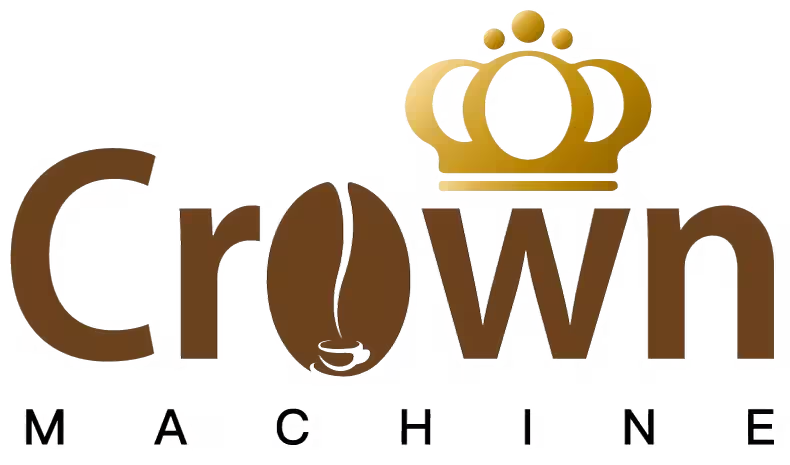Future Technological Innovations in Coffee Grinders: Trends Shaping the Next Generation
The coffee grinder industry is poised for transformative changes as manufacturers integrate cutting-edge technologies to address evolving consumer demands. From precision engineering to sustainability, these innovations aim to enhance performance, user experience, and environmental responsibility. Below are key directions driving the future of coffee grinding technology.
Smart Integration and Connectivity
The rise of smart home ecosystems is pushing coffee grinders toward seamless digital integration, enabling unprecedented control and customization.
- IoT-Enabled Grinders: Future models will likely feature Wi-Fi or Bluetooth connectivity, allowing users to adjust grind settings, monitor bean levels, and receive maintenance alerts via smartphone apps. This connectivity could also sync with smart coffee makers or scales for fully automated brewing workflows.
- AI-Powered Grind Optimization: Machine learning algorithms may analyze variables like bean origin, roast level, and brewing method to recommend optimal grind sizes. Over time, these systems could learn user preferences and adjust parameters automatically for consistent results.
- Voice Control and Virtual Assistants: Integration with voice-activated platforms like Alexa or Google Assistant would let users start grinding or modify settings hands-free, catering to convenience-focused consumers.
Advanced Grinding Mechanisms for Unmatched Precision
Innovations in burr design and motor technology are set to redefine grind consistency and efficiency, addressing longstanding challenges in the industry.
- Hybrid Burr Systems: Combining conical and flat burr advantages, hybrid designs could offer the uniformity of flat burrs with the heat reduction of conical ones. This would benefit both espresso enthusiasts and filter coffee drinkers seeking clarity and body.
- Self-Sharpening Burrs: Materials science breakthroughs might lead to burrs that maintain sharpness longer through coatings or structural innovations, reducing the need for frequent replacements and ensuring consistent performance over time.
- Low-Heat, High-Torque Motors: Next-generation motors could minimize heat generation during grinding, preserving bean aromatics and preventing flavor degradation. These motors might also operate more quietly, appealing to home users in shared living spaces.
Sustainability-Driven Design and Materials
As environmental concerns grow, manufacturers are prioritizing eco-friendly materials and energy-efficient technologies to reduce the carbon footprint of coffee grinders.
- Biodegradable and Recycled Components: The use of plant-based plastics, recycled metals, and biodegradable packaging could become standard, aligning with global sustainability goals. Some brands might explore modular designs to extend product lifespans through easy repairs and upgrades.
- Energy Recovery Systems: Innovations like regenerative braking—where motor energy is captured and reused—could make grinders more energy-efficient. Solar-powered charging options might also emerge for cordless models, catering to off-grid or eco-conscious users.
- Closed-Loop Manufacturing: Companies could adopt circular economy principles by designing grinders with recyclable parts and offering take-back programs to repurpose old components into new products.
Enhanced User Experience Through Ergonomics and Customization
Future grinders will focus on intuitive interfaces, portability, and adaptability to meet diverse user needs, from casual home brewers to professional baristas.
- Touchless and Haptic Controls: Capacitive touchscreens or haptic feedback buttons could replace traditional dials, offering a sleek, hygienic interface. Some models might include gesture controls or proximity sensors for hands-free operation.
- Portable and Travel-Friendly Designs: Compact, battery-powered grinders with foldable handles or collapsible chambers could cater to travelers and outdoor enthusiasts. These devices might prioritize durability and lightweight materials without sacrificing grind quality.
- Customizable Aesthetics and Workflows: Users could personalize grinder colors, finishes, or even burr shapes to match their kitchen decor or brewing style. Advanced models might allow saving multiple grind profiles for different beans or recipes, streamlining the brewing process.
The future of coffee grinders lies in merging precision engineering with smart technology and sustainability. By addressing pain points like heat generation, inconsistency, and environmental impact, these innovations will empower users to achieve café-quality results while aligning with modern values. As the industry evolves, the focus will remain on enhancing the coffee experience at every stage, from bean to cup.


